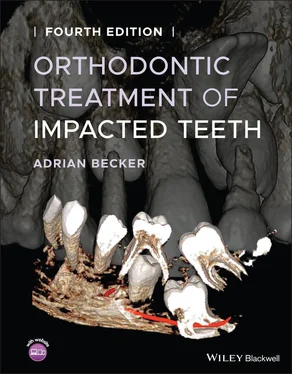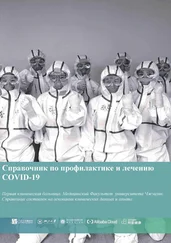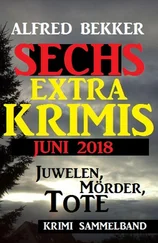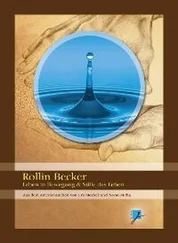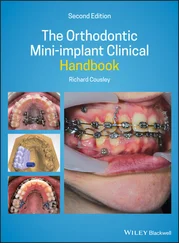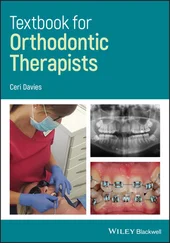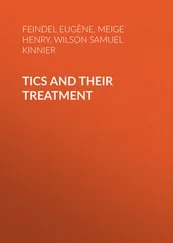Several of the illustrations comprising Figure 11.9 were reprinted from Healthy periodontium with bone and soft tissue regeneration following orthodontic‐surgical retrieval of teeth impacted within cysts , by Adrian Becker & Stella Chaushu, in Biological Mechanisms of Tooth Movement and Craniofacial Adaptation . Proceedings of the Fourth International Conference, 2004, pp. 155–162. Z Davidovitch and J Mah, editors. Sponsored by the Harvard Society for the Advancement of Orthodontics. Reproduced with permission.
Adrian Becker
Jerusalem, Israel
Preface to the Third Edition
Only 14 years have passed since the publication of the first edition of this book and much has changed in orthodontics, in general and in the context of the treatment of impacted teeth, in particular. The subject material that appeared in that small monograph has developed several fold, in the light of research and the advent of new technology. These two factors have encouraged the orthodontic specialist to be more discerning in the diagnosis of pathology and more innovative and resourceful in the application of directional traction. Mistaken positional diagnosis and surgical blunders have become less common and consequent failure to resolve the impaction less frequent. At the same time, they have permitted the orthodontist to become more adventurous and to successfully apply his/her knowledge and experience to the treatment of cases where previously the tooth would have been scheduled for extraction. If this third edition may yet contribute to the furtherance of this favorable trend in any way, I will consider that my mission will have been accomplished.
It was the aim in each of the earlier editions of this book to present reasoned principles of treatment for tooth impaction, illustrated by examples from real life. Following these principles to their logical conclusion, Chapter 15has been added in the present edition to illustrate how some extreme examples or cases with concurrent complicating factors may be resolved, several of which involve the expertise of colleagues in our sister specialties. Oddities, such as the “banana” third molar, with its impacting influence on its immediate neighbor, are also new to this edition.
Failure has intrigued me for a long time and, while Chapter 12was new to the second edition, it has been enlarged now in the third. The recognition and importance of invasive cervical root resorption (ICRR) as a cause of failure to resolve an affected impacted tooth seems to be hardly known within the profession. There is a section added herein which discusses the etiology of this pathological entity, its disease process, its potency as a factor for failure and speculates on accepted standard procedures that may predispose to its occurrence.
To write a textbook or to update an edition may take several years. Once it is finished, it has to go through the many months of the publishing process, with questions and corrections, proofreading and amendments. In the meantime, what was written becomes progressively obsolete – new ideas are put forward in the journals, some are disciplined studies and others just innovative clinical methods learned in the very singular one‐on‐one situation in the orthodontic operatory between orthodontist and patient. In order to provide at least a partial answer to this, I have set up an internet website at www.dr‐adrianbecker. com, in which regular updates on clinical research and technique, vignettes describing individual conditions or just a customized approach to the treatment of a specific case, are published with the aim of complementing the book. The site also features a “troubleshooting impacted teeth” page for individual clinical consultations – open to anyone, whether orthodontist, patient or concerned parent. Details of the patient and his/her condition will need to be filled in and existing radiographs, CBCT and other relevant information uploaded. A report is returned to the sender within a few days with suggestions and recommendations for treatment.
The clinical research on which this text is largely based has been the product of long‐term cooperation with Professor Stella Chaushu, PhD, DMD, MSc, Chairperson of the Orthodontic Department in Jerusalem, to whom are due my special thanks. I am grateful to my co‐authors who have advised me in my writing of several of the chapters herein and to a number of my colleagues who have sent me illustrative material which I have included, with their permission. I would also like to recognize Mr. Israel Vider, director of the Dent‐Or Imaging Center in Jerusalem, for his CT imaging expertise, his assistance in granting me access to his technical laboratory and for his work on several of the illustrations that are published in this edition.
Adrian Becker
Jerusalem, October 2011
Preface to the Fourth Edition
As the fourth edition of this book goes to print, I am happy to present a much‐enhanced text, both in terms of the verbal discussion and the illustrated figures, which is offered in a similar pattern to its predecessors. The third edition of Orthodontic Treatment of Impacted Teeth , published in 2012, had 15 chapters. This new edition comprises 21 chapters, of which several are completely new and, together with the significant additions and improvements, the overall content is now approximately 60% larger.
Video clips and other 3D illustrations cannot be published in book form, thus preventing the printed literature from matching the advances in the recording of radiographic imaging that is now commonplace in dental schools, in radiographic imaging centres and in private dental offices. This is particularly so in relation to orthodontics, in general and to accurate positional and pathological diagnosis, that are so essential in the resolution of tooth impaction, in particular. In order to overcome these serious illustrative limitations, I have included a Companion website adjacent to the text, to enhance the orthodontist’s ability to use the existing presentation modes (secondary reconstructions), to extract the maximum information that is available in a cone beam CT scan. A number of 3D video clips are presented, to illustrate how to refine the diagnostic know‐how, which can only be to the benefit of the patient. These are embedded in PowerPoint presentations, with concise accompanying comment to highlight the salient points at issue. This should assist those who still have 3D comprehension difficulty in accurately locating the impacted tooth.
There are many new areas in the present text that feature aspects that have not been fully described in the literature to date. There are also a number of supposed truths that are shown to be spurious and contrary to our understanding of the biological process.
Just to mention a few of the many examples that the reader will find in this edition:
Did you know that hooked roots are not a reason that teeth do not erupt (see Chapter 13)?
Unerupted incisor teeth that have been severely damaged by trauma inflicted in infancy remain high in the maxilla adjacent to the nasal floor, neither growing their roots nor showing any signs of ever erupting into the mouth. Can these teeth be mechanically erupted? Will they develop roots of a sufficient length that will contribute to the tooth surviving into adulthood? Will the eruption of these teeth generate new bone that could naturally rehabilitate the formerly deficient alveolar ridge (see Chapter 6)?
Instead of developing a long straight root, the severely traumatized central incisor in a 2‐year‐old child may develop a root that continues to grow at an acute angle to the calcified portion of the tooth, to form a tightly curved or angled dilaceration. The root continues to grow in the wrong direction, necessitating root canal treatment and root amputation to enable the orthodontist to re‐align the majority portion of the tooth. Perhaps there is a way to correct the direction of the further root growth and thereby achieve a normally apexified vital tooth with a perfect crown, indistinguishable from and aligned with its beautiful adjacent counterpart (see Chapter 6).
Читать дальше
